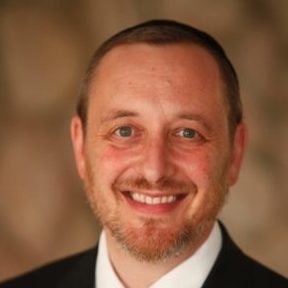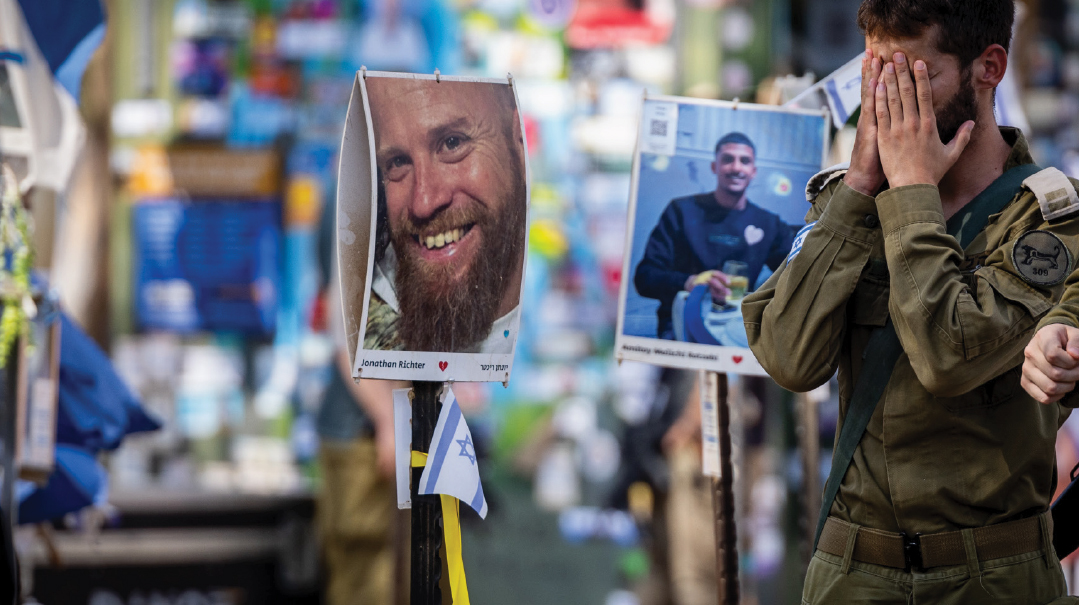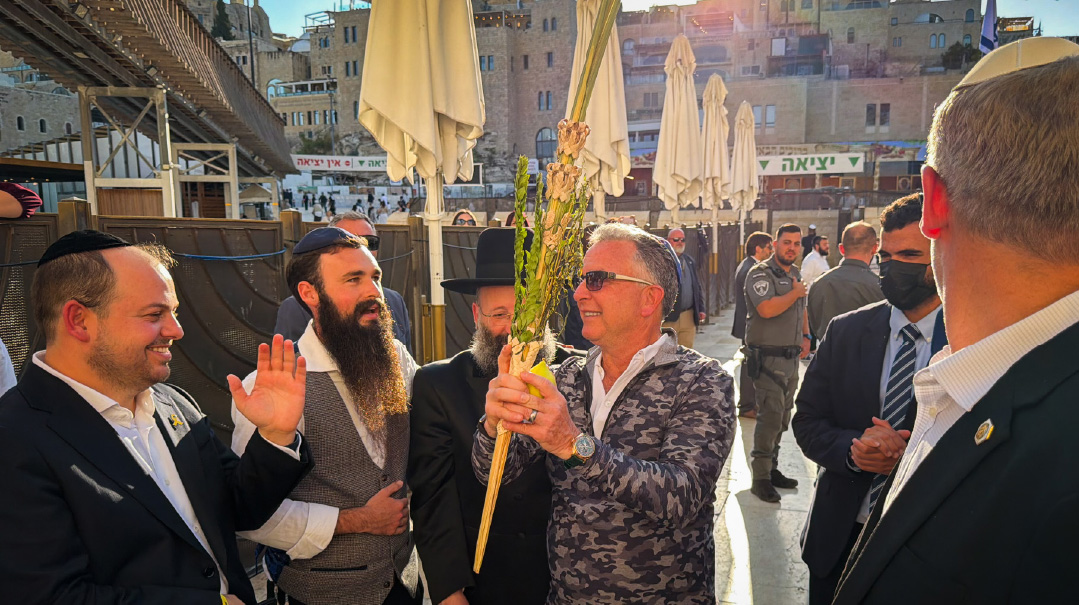Stop Calling It October 7

I understand the counterargument. October 7 is not really a date, rather it’s the universally accepted name for an event

This past year has exposed the myth that the nations of the world love us (PHOTO: YONATAN SINDEL/FLASH90)
“What would Rav Moshe have said?”
Hands down, this must be the most frequently asked question among Rav Moshe Shapira’s talmidim across the globe. Like a master sea captain, Rav Moshe would steer us with hashkafic clarity through the stormy waters of world events, always original, always penetrating, always one step deeper than conventional narrative. And now, when we need him most, he is no longer with us to give us guidance.
But he left us with clues. For decades he developed themes about the nature of Galus Yishmael, the final exile that precedes Mashiach (see Looking into the Sun, pages 394-397). For example, he would talk about their unique power of tefillah and how we needed to elevate our tefillos to the “mesirus nefesh of Yitzchak Avinu.” I remember how he once lamented, “Dovid Hamelech said, ‘Eleh varechev, v’eleh vasusim, v’anachnu b’Sheim Hashem Elokeinu nazkir [They fight using their chariots and horses, and we fight using the Name of Hashem — Tehillim 20:8].’ Woe to us when our leaders fight using their rechev and susim, and their leaders fight using the Sheim Hashem!”
To our credit, his ideas inspired initiatives like the Amida Army, a Baltimore-based women’s group that encourages women to find time to daven as zechuyos for our soldiers, and has to date “generated” over 20,000 Shemoneh Esrehs.
Rav Moshe repeatedly stated that our last enemy would be Iran. This is remarkable considering that in the Six Day War, our enemies were Syria, Egypt, and Jordan; in the Yom Kippur War, they were Syria and Egypt, and in the Gulf War, it was Iraq.
I would like to focus on one idea that was an ikkar, a fundamental of Rav Moshe’s teachings. It has direct ramifications for the conversations in our magazine:
Among ourselves, we need to stop referring to the Hamas attack as “October 7.”
Rav Moshe would quote the Ramban (Shemos 12:2), who writes, “[the mitzvah] of hachodesh hazeh lachem rosh chadashim is that Yisrael should count Nissan as the first month so that we should remember the great miracle [of Yetzias Mitzrayim].” Rav Moshe enjoyed calling it “a mitzvah of the Ramban,” as the Rambam and others don’t mention it.
In practice, it means when, for example, we write a contract using the Hebrew date, we have fulfilled a mitzvah of the Ramban. It also means that it is preferable to write a secular date in a check with its full month name, such as November 5, 2024, instead of 11/5/2024 (for us Brits, 5/11/2024). This way, we avoid using the number 11 to signify November as the 11th month from January. We should instead use the number 11 to refer to Shevat, the 11th month from Nissan.
Behind this Ramban lies an essential foundation block of Jewish life. Wherever possible, our minds should be in tune with the Hebrew calendar. Jewish dates are intrinsically significant. Years are counted from Maaseh Bereishis and months are counted from Yetzias Mitzrayim. They define the rhythm of our lives as we journey though the passage of time.
I understand the counterargument. October 7 is not really a date, rather it’s the universally accepted name for an event. It’s a reference point, a marei makom, so that everyone can be on the same page. As a precedent, everyone knows what 9/11 means; it would be weird to call it “the catastrophe of the 23rd of Elul.”
I agree that when we step into the big, wide world, October 7 is much simpler on the ears than a reference to Simchas Torah or Shemini Atzeres that fell on Shabbos. Within our own Torah community, however, we need to constantly remind ourselves that Hashem chose a momentous day on the calendar to change the course of history.
We need to hear the bas kol.
Although a bas kol conventionally refers to a “Heavenly voice,” Rav Moshe would quote the Talmud Yerushalmi (Shabbos 6:9) that teaches us that Hashem “talks to us” through world events within the realm of nature. That too is called a bas kol.
So here are my thoughts, without my rebbi holding my hand, knowing full well that the events that are unfolding are devarim ha’omdim b’rumo shel olam:
Our enemies knew what they were doing when they chose to attack on Simchas Torah. We believe, however, that no one can hurt a Jew without a gezeirah from Above. In other words, they didn’t choose Simchas Torah to attack us, Hashem chose that day for them. He was having a private conversation with us. Just like we need to note that our enemies are the children of Yishmael, we need to note that the solution includes understanding Simchas Torah, Shemini Atzeres, and Shabbos. All three are associated with intimate closeness to Hashem.
In this magazine (“Man of the People,” by Shmuel Botnick, Issue 1031), Rav Dovid Cohen was quoted as saying:
Shemini Atzeres is the greatest day of the year, the tachlis of all the moadim. The Zohar teaches that on Shemini Atzeres, Hashem says, “Ani v’atem nismach bo yachad — you and I will celebrate together.” The Zohar also writes that on Shemini Atzeres, we merit “all the yeshuos.” Shemini Atzeres is the day when Hashem is unified with Klal Yisrael. And on Shemini Atzeres, the great tragedy happened.
It’s a very difficult thing. Hashem clearly wants something significant. He seems to be saying that He isn’t happy with us. It appears that Klal Yisrael is not worthy of being “together with Hashem.” It must be that we are distant from Hashem. We have to change our entire tzuras hachayim.
Strengthening Shabbos observance is an obvious place to start. My talmid Reb Yossi Pincus shared with me his enthusiastic participation in the “Ki Eshmera Project” of his GGBH Shul (a.k.a. “Munks”), systematically reviewing hilchos Shabbos as a community.
Strikingly, what stood out on that day was that we were dancing with sifrei Torah as the unfathomable unfolded. The bas kol seems to be giving a thunderous message that “change in our tzuras hachayim” must include not only ameilus in Torah and support of our Torah institutions, but in the simchah of our lives that revolves around Torah.
This past year, 5784, exposed the fallacy of those believing we can solve our problems with our Arab neighbors through diplomacy or military might. In the words of Rav Moshe, “Zeh elbon l’intelligentzia shel yeled ben eser [It’s an insult to the intelligence of a ten-year-old].” It has also exposed the myth that the nations of the world love us. It has also reminded us of the beauty and gevurah of our people and how much we need each other, all the different shevatim of Yaakov Avinu.
And in the simchah of Torah, we find solace.
Simchas Torah is Hashem, His Torah, and Klal Yisrael. Nobody else and nothing else. It’s an explosion of joy, a taste of that future moment when we will point and say, “Zeh Hashem kivinu lo, nagilah v’nismechah biyeshuaso — This is Hashem for whom we have longed, let us exult and rejoice in His salvation” (Yeshayahu 25:9).
Let’s take out the earplugs called October 7. Let’s try to hear the bas kol. And if there’s a need to give the wars we are fighting a name, my tefillah is that it should be “Milchamos Ikvesa D’Meshicha,” the wars that herald the coming of Mashiach.
Rav Menachem Nissel is a talmid of Rav Moshe Shapira and the author of his biography, Looking into the Sun: The Torah, Life and Legacy of Rav Moshe Shapira (Feldheim 2024). He is also the author of Rigshei Lev: Women and Tefillah (Feldheim 2024), the senior educator for NCSY, a maggid shiur in Yeshivas Yishrei Lev, and a teacher in seminaries in Jerusalem.
(Originally featured in Mishpacha, Issue 1036)
Oops! We could not locate your form.







